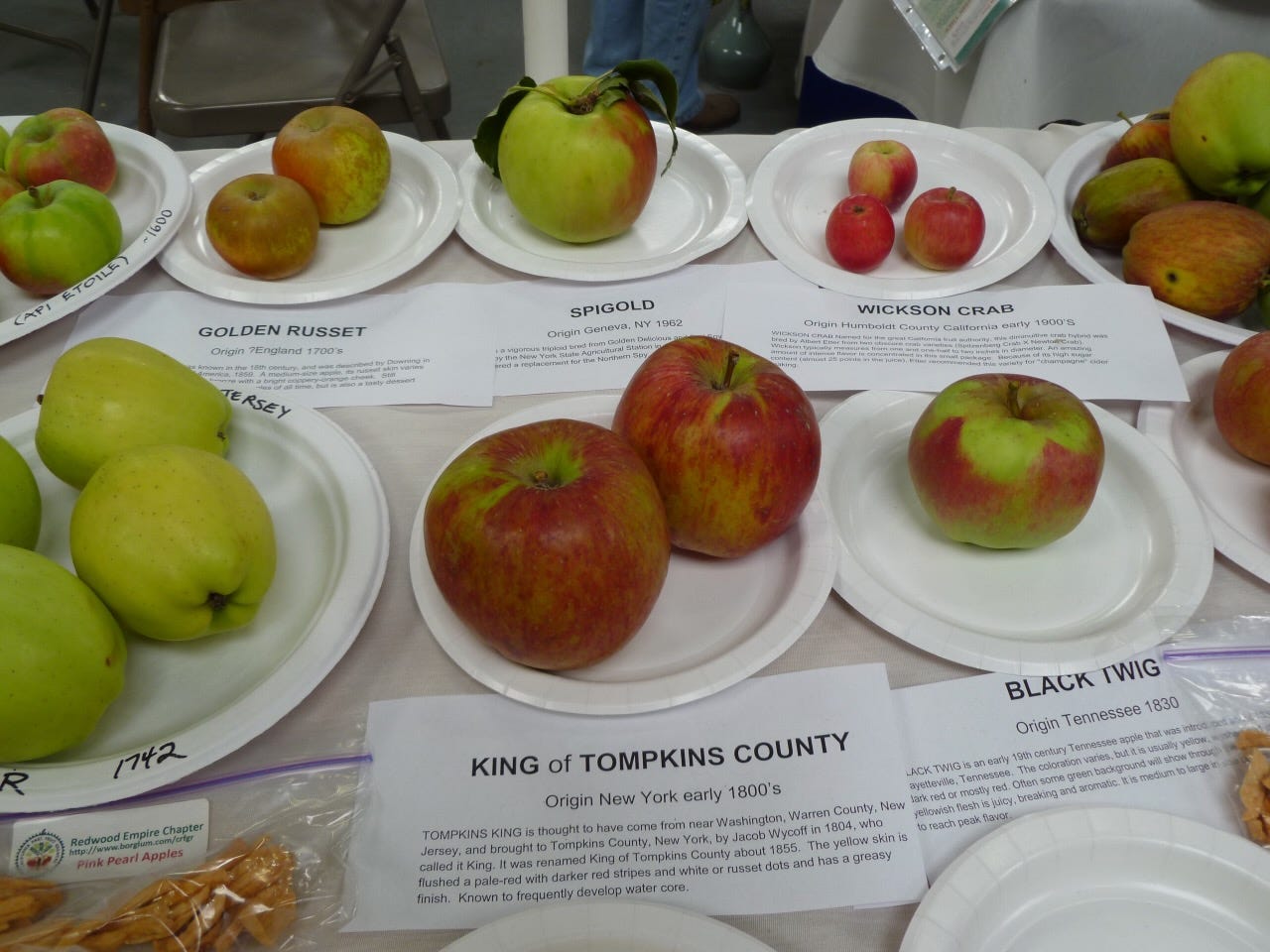
What are Fruit Tree Chill Hours? Do They Matter?
In today’s newsletter podcast (Above. Originally aired in Episode 105 of Garden Basics), Tom Spellman of Dave Wilson Nursery explains the term “chill hours” and how cold winter temperatures helps production on many deciduous fruit trees, especially apples. Chill hours refer primarily to low temperatures (usually between 32 and 45 degrees Fahrenheit) during a fruit tree’s dormant months in the winter.
But Tom Spellman is throwing a monkey wrench into the hard rules about growing fruit trees that require lots of winter chilling hours (more than 800 hours) in areas of the country that don’t get that cold in the winter. And he is having a lot of success in his test orchard in Southern California, where accumulated winter chill hours seldom top 100, but still has nighttime cooling in the 40’s and 50’s. Tom explains his “high chill trees in a low chill test area” in today’s newsletter podcast (above). The key, Tom points out, is “All Gardening is Local” (hmm…that sounds familiar!).
Most chill hour requirements listed for deciduous fruit trees were originally established where the tree has been growing - and producing - for decades. The only way to see if a particular fruit tree that supposedly requires winter chill can succeed in your area, is to try to grow it in your locale. And as Tom points out in an article he wrote for the Dave Wilson website, “Fruit varieties can be productive where chill hours are less than recommended if there is sufficient cool weather (45-55°F) during the dormant period.”
1. In fall, deciduous fruit trees lose their leaves and enter a dormant state in order to survive winter. To end dormancy, bloom and set fruit they require a certain amount of winter cold (their “chilling requirement”) followed by a certain amount of heat. Chilling requirements vary widely among varieties.
2. Fruit varieties with chilling requirements much lower than received at the planting location may end dormancy and bloom too early, subjecting tree, bloom and fruit to freeze damage. Conversely, varieties with chilling requirements much higher than received will suffer delayed, weak leafing and blooming and will not fruit satisfactorily.
3. To quantify fruit tree chilling Dave Wilson Nursery uses the most widely used method, the Hours Below 45°F model. One hour below 45°F during the dormant period (autumn leaf fall to spring bud break) equals one hour of chilling or one “chill hour”.
4. Research indicates fruit tree chilling also occurs above 45°F (to about 55°F), is most effective at about 35-50°F, and does not occur below about 30°F. Chilling temperatures are most effective in early dormancy and during that time accumulated chilling can be negated by temperatures above 60°F. Such findings help explain the response of specific varieties to different climates, i.e. to different patterns of cold and warm temperatures.
5. Generally, fruit growers have most success with varieties that have stated chilling requirements similar to the chilling typically received at the planting location: “high chill” varieties (800-1,000+ hours) for cold winter climates, “low chill” varieties (500 hours and less) for warm winter climates.
6. Published chilling requirements for a fruit variety can be the minimum chilling required to produce a satisfactory home garden crop up to a higher requirement for the consistent, maximum crop sought by commercial growers. Note that many apple varieties can set fruit with far less chilling than recommended, color and quality depending on climate.
7. Fruit varieties can be productive where chill hours are less than recommended if there is sufficient cool weather (45-55°F) during the dormant period.
8. Some cold hardy fruit varieties are widely adapted because they have a low or moderate chilling requirement as well as a cold hardiness deriving from a high heat requirement for ending dormancy.
9. Much of California has an ideal, virtually frost-free fruit growing climate where almost any kind of deciduous fruit can be grown, including varieties with chilling requirements anywhere from 100 to 800 or more hours.
10. A variety is proven for a climate or region only by growing it there. When choosing fruit varieties always refer to area retail nurseries, agricultural universities, county extension offices and master gardeners for local fruit growing information and ideas.
CAN YOU GROW AN APPLE TREE FROM SEED?
Callers to the Garden Basics podcast or questions to the Farmer Fred e-mail bag also contain the attempts of many home garden scientists, trying to expand their horticultural horizons. Someone is always trying to grow something that is not intended (supposedly) for the local area.
Roberta of Carmichael (Sacramento County, CA) is trying to emulate Johnny Appleseed:
"I have two Maiden Blush apple trees in my yard. They ripen in August (which isn't very good). Is there anything I can do to make them ripen later in the year? I grew these trees from seeds from apples off a tree that was on my family's homestead in Nebraska. They are about 15 years old. This year, they seem to have gotten worm holes and not matured as well. Are they prone to any pests or diseases? What about watering? They seemed to have done OK so far, but i want to keep them healthy and alive!"
Depending on your location, the Maiden Blush apple can ripen as early as mid-August or as late as mid-September. The Maiden Blush was introduced into commerce in New Jersey, in the early 1800's. It's a popular dessert apple in the Appalachian mountain regions.
According to Tomorrow’s Harvest representative Ed Laivo, that tree may be producing fruit early because it is stressed due to our summer weather: hot and dry, which is quite different from the tree's original production grounds in New Jersey (humid and rainy in the summer, with a pronounced winter chill).
And a stressed tree is an invitation to pests and diseases. Sort of like the slowest antelope in a pack, being chased by a lion. Or an aging catcher trying to steal second base; or, even more entertaining: 42 year-old New York Mets pitcher Bartolo Colon hitting a home run.
The bigger, unasked question: How successful are apple trees grown from seed? According to the Horticulture and Home Pest News of Iowa State University, do you feel lucky?
“It is possible to grow an apple tree from an apple seed,” says the authors of this newsletter. “However, in most cases, apple trees don't come true from seeds. For example, a seed taken from a Red Delicious apple will not produce a Red Delicious apple tree. Seedling apple trees are genetically different and usually inferior to the parent tree. Most apple trees are propagated by grafting. Grafting allows growers to produce trees that are identical (genetically) to one another.
“While a tree grown from an apple seed is likely to be disappointing, it's not difficult to germinate apple seeds. Apple seeds need to be exposed to cool, moist conditions before they will germinate. The cool, moist requirement can be accomplished by planting apple seeds outdoors in fall. Plant the seeds 1/2 inch deep. The cool, moist requirement can also be attained indoors. Place a layer of moist sand in the bottom of a small container, such as a plastic margarine tub, place the apple seeds on the moist sand, and then cover the seeds with additional moist sand. Punch 1 or 2 small holes in the plastic lid and then place it on the container. Place the container in the refrigerator for 90 to 120 days. (The temperature in the refrigerator should be 37 to 41 degrees Fahrenheit.) Afterwards, remove the seeds from the refrigerator and plant indoors. Plant the seeds 1/2 deep in a commercial potting mix. Keep the potting mix moist until the seeds germinate.”
The right plant in the right place
Sacramento County may not be the right place for that Maiden Blush apple tree: 100 degree days, 15% humidity, and winter chill hours that are far below what is required for many eastern apple varieties. Winter chill hours are the total number of hours at 45 degrees or less between November and February. The Central Valley of California normally gets between 800 and 1200 chilling hours per year. Coastal California gets far less, ranging from near 0 (41 at La Jolla last winter) to about 400. There are plenty of apples that do well here in California’s hot Central Valley: Fuji, Granny Smith, Spitzenburg, Pink Lady, Gala, Ashmead's Kernel and many more. Their common trait: a winter chill requirement of 800 hours or less. Of those listed, several are taste test winners with winter chill needs that are far less than 800: Pink Lady (300-400 hours), Gala (400-500) and our personal favorite, Granny Smith (400 hours).
This is usually a line of questions I get from Bay Area or Southern California transplants to the Sacramento area or the Northern California foothills. They wonder why their bougainvillea dies in the winter here or why they can't get their Hass avocado tree to produce in the valley. All gardening is local, especially in California, which according to the Sunset Western Garden Book, has 24 gardening climates.
Having said that, let me repeat: All Gardening is Local. Actually, All Gardening is Really Local: you just might have the right microclimate in your backyard to grow plants that other gardeners struggle with in your neighborhood: Bananas in Lodi. Jacaranda trees in east Sacramento. And yes, bougainvillea that live year round...if you have the right conditions, and a lot of luck.
A good reference book with lots of tips and tricks for growing plants in the Golden State: California Home Landscaping, by Lance Walheim.
Thank you for listening to the Garden Basics with Farmer Fred podcast! It’s available wherever you get your podcasts. Please share it with your garden friends.
As an Amazon Associate, I earn from qualifying purchases from some of the underlined links in the newsletter. This is how I am trying to keep this a free newsletter. And as long as you buy whatever you want from Amazon using any of those links to get into the Amazon site, I get a few pennies. Thank you.
Thanks for Subscribing and Spreading the Word About the Beyond the Basics: The Garden Basics with Farmer Fred newsletter, I appreciate your support.
Fred Hoffman is also a University of California Cooperative Extension Master Gardener in Sacramento County.


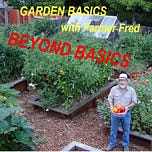


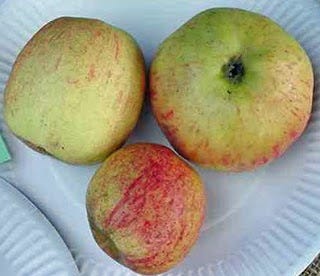


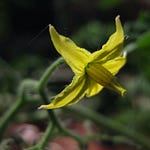
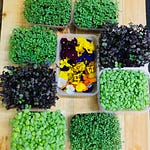


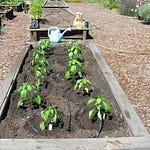
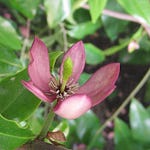
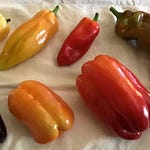
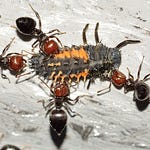
Share this post